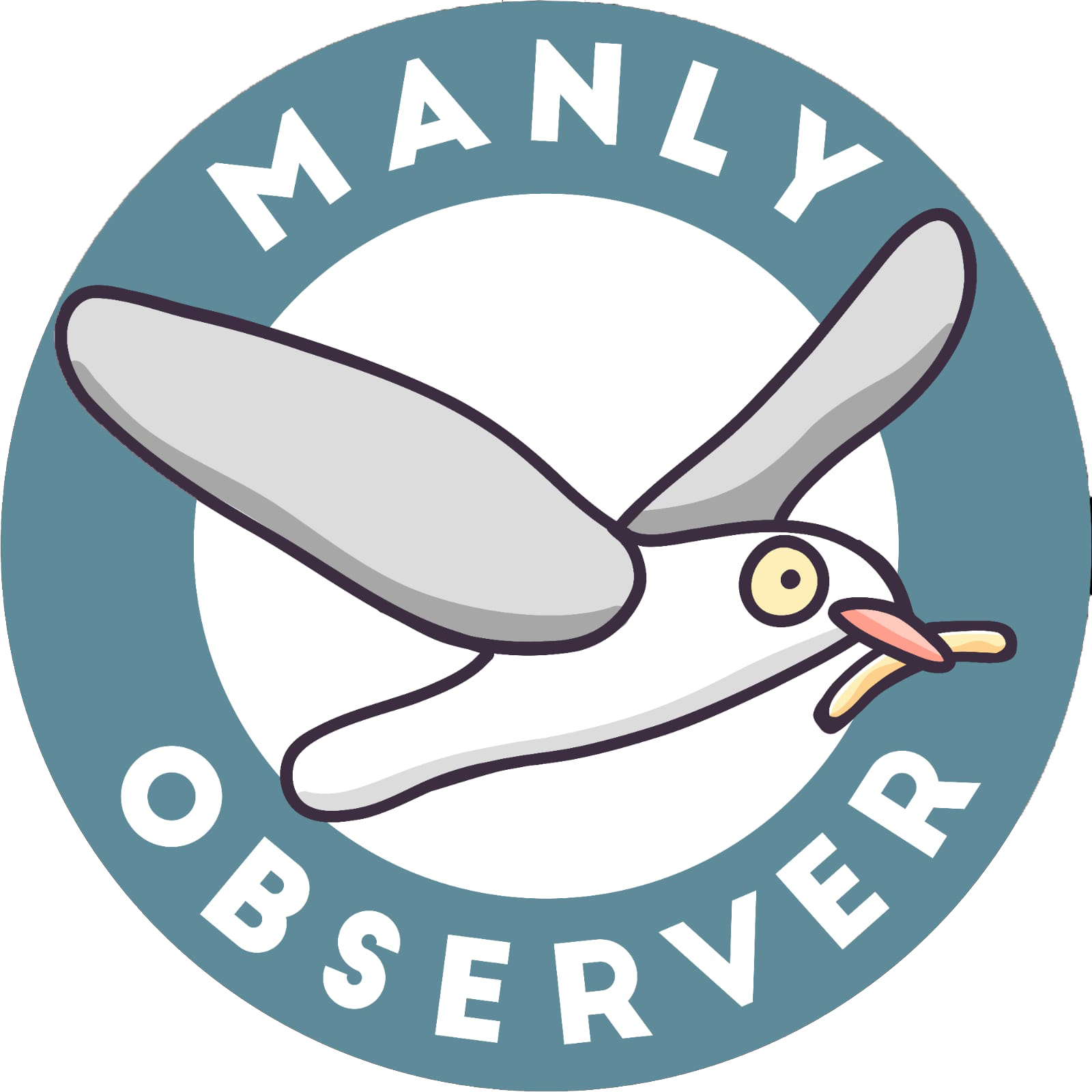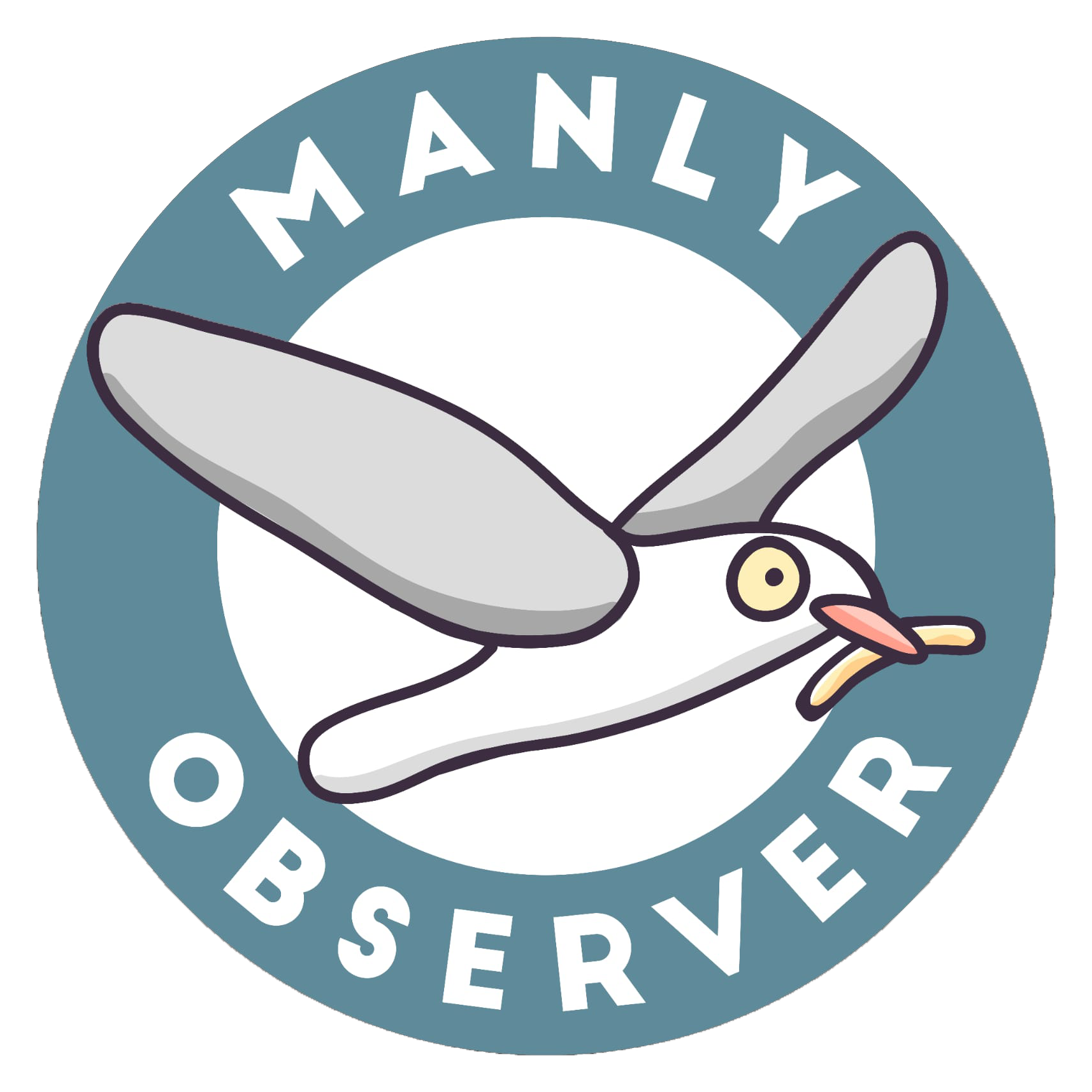The breeding pairs for Northern Beaches’ little penguins has been updated for the 2024-25 season, and unfortunately, it’s not looking good.
The Department of Climate Change, Energy, the Environment and Water and the National Parks Wildlife Service (NPWS) reported last year’s previous lowest record number of 19 breeding pairs for Manly’s little penguins has dropped to 15 this year.
This colony is an important one – it’s the only surviving colony in mainland Australia.
For decades, the population has consistently dwindled with boat collisions, plastic entanglements, feral cats and foxes and roaming pets being the main instigators for their reduction.
The NPWS has said people can help protect penguins by keeping pets away from their habitat, always keeping dogs on leashes when walking in the area and ensuring watercraft users slow down around North Harbour.
On the flipper side, Taronga Zoo has shed some light on the situation with the release of a young little penguin who was found waddling about during the night on the Pacific Highway in Belmont, Newcastle around five weeks ago.

The female fighter – dubbed Bella due to where she was picked up – was released at North Curl Curl today, 25 August.
Lauren Sumner, a vet nurse at Taronga Wildlife Hospital, says the animal was discovered by members of the public before Hunter Wildlife Rescue volunteers were called and it was transferred into the zoo’s care.
“This little penguin was found in the middle of the road up near Belmont on the Pacific Highway. So obviously not the place that you expect to find a little penguin,” she told Manly Observer at North Curl Curl this afternoon.
“During her initial vet assessment, the vets noticed that this penguin was very emaciated, very underweight, and also her feathers weren’t waterproof, so those were the two most important things that we needed to take care of before she was able to be re released to the wild.”

The little penguin was placed into the zoo’s wildlife marine rehabilitation aviary to help her regain strength and restore waterproofing on her feathers.
Penguins waterproof by preening, which is using their beak to spread oils from a special gland near their tail onto their feathers. Illness or injury can prevent this from naturally occurring, without it the birds feathers can become uninsulated, their swimming can be affected and they can become less protected against parasites.
Taronga Zoo representatives said the penguin was potentially out on her first outings post fledging before becoming disorientated. The release back into Curl Curl waters is its best bet for reconnecting with wild populations.
“Before we release little penguins back to the wild, we microchip them, which means that if she does find herself lost again in the future and is rescued again, we’re able to scan the microchip and identify that it is a penguin that’s been in care previously,” Lauren said.

Local Little Penguin Populations In Dire Straits
Even if Bella the lost little penguin does manage to find her way to Manly’s local colony, it doesn’t necessarily equal an increased population. Little penguins mate for life – even after their partner’s demise – meaning mates may be few and far in between.
But that’s just the beginning of the uniquely placed population’s problems. Colonies are located along the southern and northern coasts of Australia, the Manly penguins are NSW’s only mainland colony.
Habitat loss, pollution, boat collisions and unleashed pets on beaches are all contributing factors. However, one of the larger risk is the threat feral cats and foxes pose.
In 2015, around 27 little penguins were killed in a mass fox predation event, near Collins Flat/North Head. Since then, NPWS has upped their efforts in protecting the population by employing infra-red motion-sensitive cameras as well as implementing 1,080 baiting and soft jaw trapping for pest population control.

Taronga Zoo is also working with NSW Government’s Seabirds to Seascapes program, and NSW NPWS community groups to protect the vulnerable populations and support their recovery.
One group in particular is the penguin wardens of Manly. These local legends ensure the penguins breeding and feeding locations – generally around Colins Flat Reserve – are pollution, pet and feral animal free. They also educate the public on best beach practice when visiting locations known to the birds.
“We do a lot of talking to the community when we’re patrolling the beaches, making sure people don’t have their dogs at the beach. My role has more to do with the cameras, which I use to help monitor the penguins,” Penguin Warden Taylor Springett explained to us.
“It’s super important that we have this team of people looking out for the penguins and really protecting them as much as possible because they’re such an important part of the community.”

Taronga Zoo treats about 20 little penguins in their rehabilitation centre a year, and with Summer just around the corner, more injured penguins are expected. If you’d like to help reduce this number, here’s what you can do.
- Make sure you take your rubbish from the beach. Rubbish can cause a lot of issues not just for penguins, but for all seabirds and animals that live around our aquatic areas.
- Keep your dog on a leash at the beach and at national reserves. Dogs have a keen sense of smell, particularly in penguin mating season.
- Keep your cats inside at night and if you see a fox, report it to the NPWS.
- If you’re on the water, don’t anchor inside the anchorage zones. This can destroy the seagrass that penguins use for feeding.
- Stay out of vessel exclusion zones when boating to avoid collisions with penguins.
- Avoid national reserves outside of operating hours. Human activity can prevent penguins from accessing their burrows, leaving them exposed to threats.

The curious penguin peeking through its carrier to see an ocean of possibilities in front of her. 25 August 2025. Photo: Jack Kelly
What to do if you spot a sick or injured penguin
If you are concerned about the welfare of a penguin, contact Parks on 1300 072 757 or the National Parks and Wildlife Service Duty Officer on (02) 9457 9577 (available 24 hours, 7 days).
Injured or dead Little Penguins should be taken to Taronga Wildlife Hospital at the end of Whiting Beach Road, Mosman, between 8am and 3pm, all year around. Call (02) 9969 2777. Otherwise, contact the National Parks and Wildlife Service Duty Officer.







